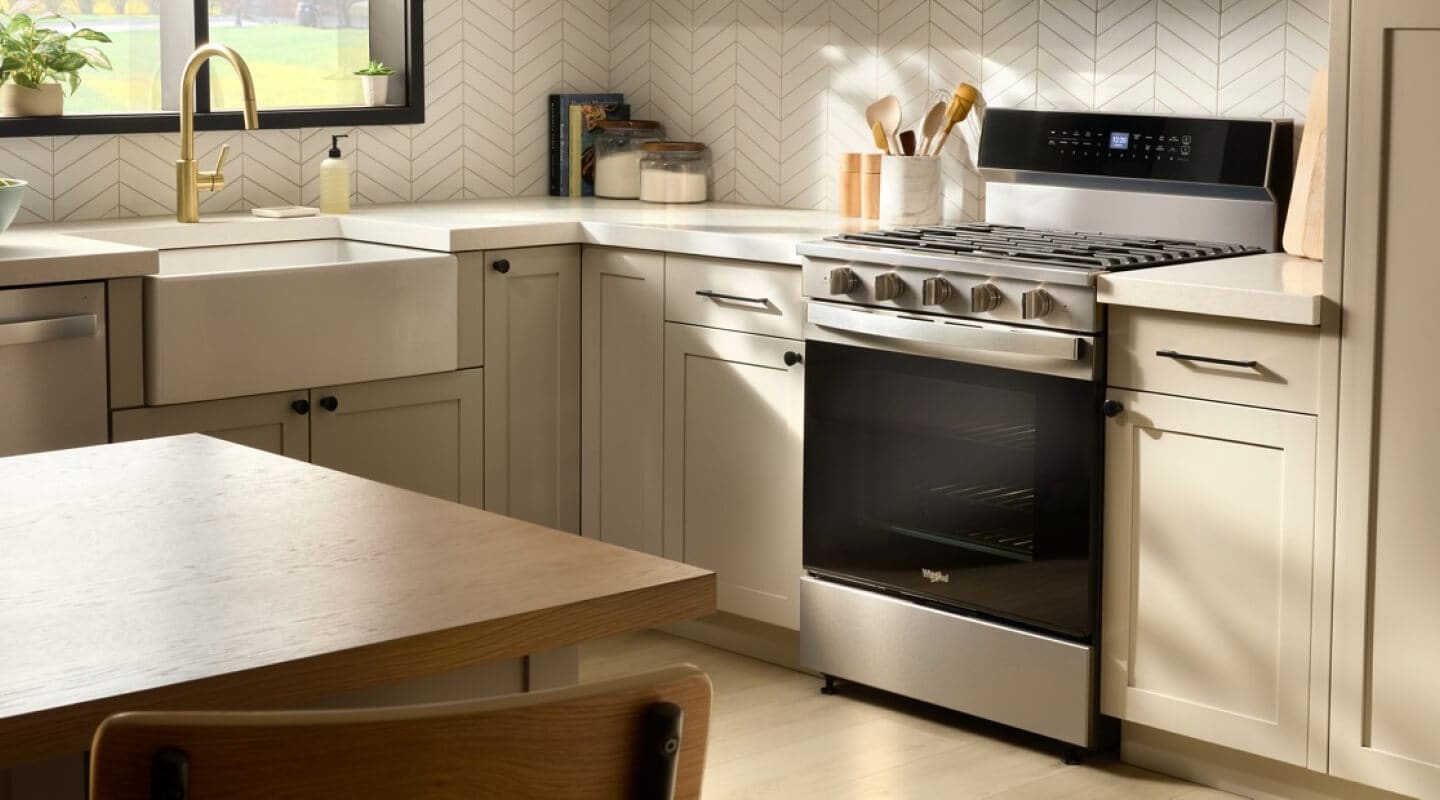
Slide-in vs. freestanding ranges: what’s the difference?
The main differences between freestanding and slide-in ranges are the location of their controls and how each is installed. Slide-in ranges are designed to fit between cabinets, while freestanding models give you the choice of a built-in or stand-alone placement.
Freestanding ranges are built with a backguard that houses their controls, while slide-in range controls are displayed on the front of the appliance.
If you’re looking for the perfect appliance for fueling your busy kitchen, it’s important to know what makes both freestanding and slide-in ranges unique.
What is a freestanding range?
A freestanding range is an incredibly versatile model that can be easily incorporated into most kitchen layouts. With a cooktop surface and one or two ovens below, these ranges can come in gas, electric or dual fuel options, with a control panel for both the cooktop and oven. This is the common model many people envision when they think of a typical kitchen range.
Freestanding ranges feature finished sides that allow them to be installed between cabinets or on their own, making them a flexible choice for most kitchens. In addition to housing the controls, backguards on these ranges also help protect the wall behind the range from spills and splashes. However, the protruding backguard also means that freestanding ranges may not be the best fit for kitchen islands. Bring convenience and personalization to your kitchen layout with a Whirlpool® Freestanding Range.
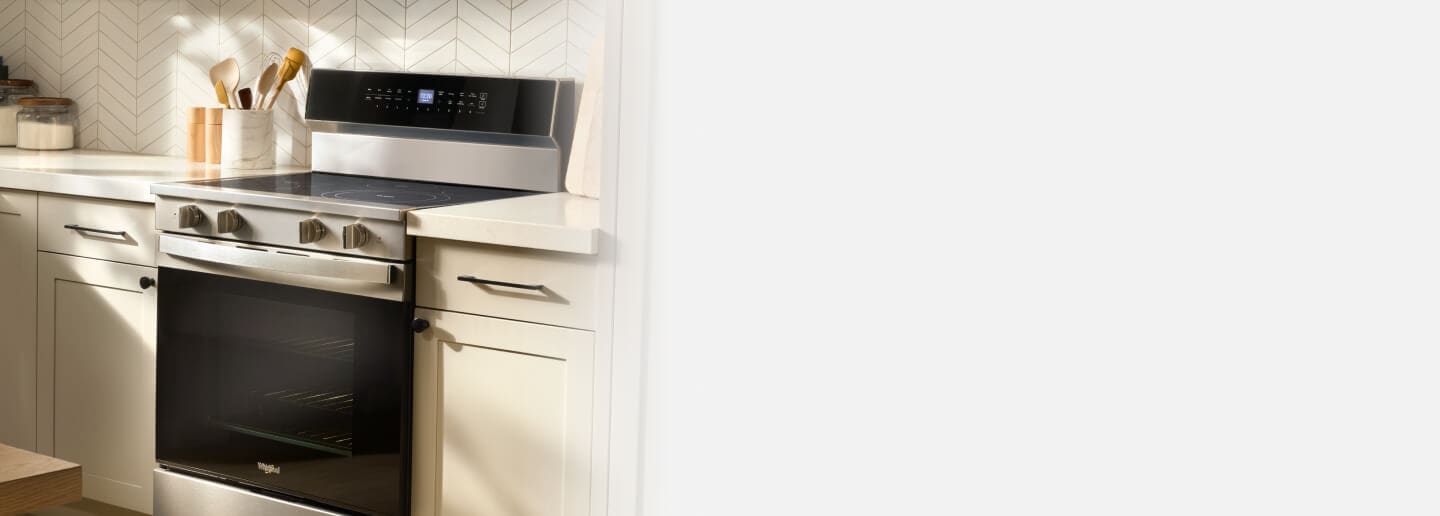
Whirlpool® Freestanding Ranges
Enjoy flexible installation
Whirlpool® Freestanding Ranges offer versatile installation so you can enjoy innovative features and design no matter your kitchen configuration
Shop Whirlpool® Freestanding Ranges
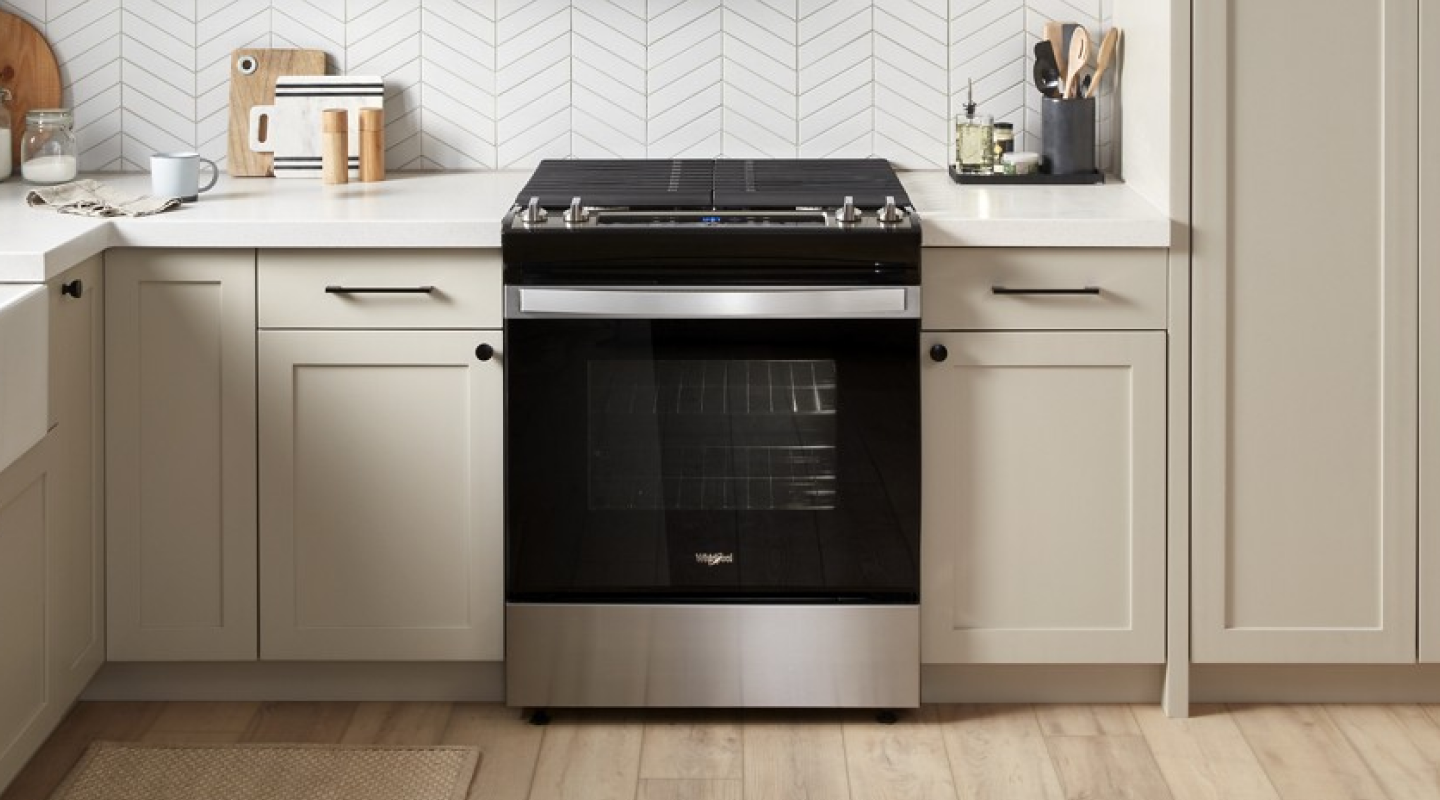
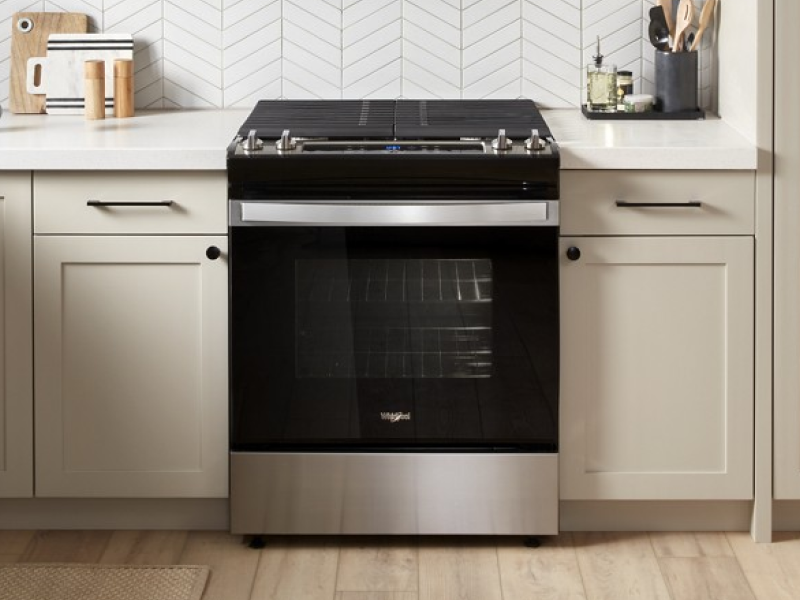
What is a slide-in range?
A slide-in range is designed to slide between kitchen cabinets, appliances or other fixtures to provide a seamless, built-in look. Featuring an array of cooking controls prominently displayed on the front of the appliance, these models are a practical choice for spaces with kitchen islands or decorative backsplash walls. Slide-in ranges are also available in several fuel options, including electric, gas and dual fuel.
Another difference between freestanding and slide-in ranges is installation. While freestanding ranges can be installed as stand-alone appliances or between cabinets, one of the benefits of slide-in ranges is that they are designed to sit between cabinets for a seamless look. Slide-in ranges have unfinished sides that prevent them from being installed as stand-alone appliances.
The configuration is also different—controls for slide-in ranges are usually located on the top or front of the appliance. Slide-in ranges also lack a backguard, which is why many homeowners install tile behind the range if they are placing it against a wall.
The sleek look of slide-in ranges has made them a popular choice for kitchen islands and remodels. Best of all, the range’s overhanging sides help keep food and liquids from spilling into gaps between the cooktop and counter, making kitchen clean-up easy. Let your family enjoy mealtime even more with the sleek integration of a Whirlpool® Slide-in Range that will help you get dinner on the table when you need it most.
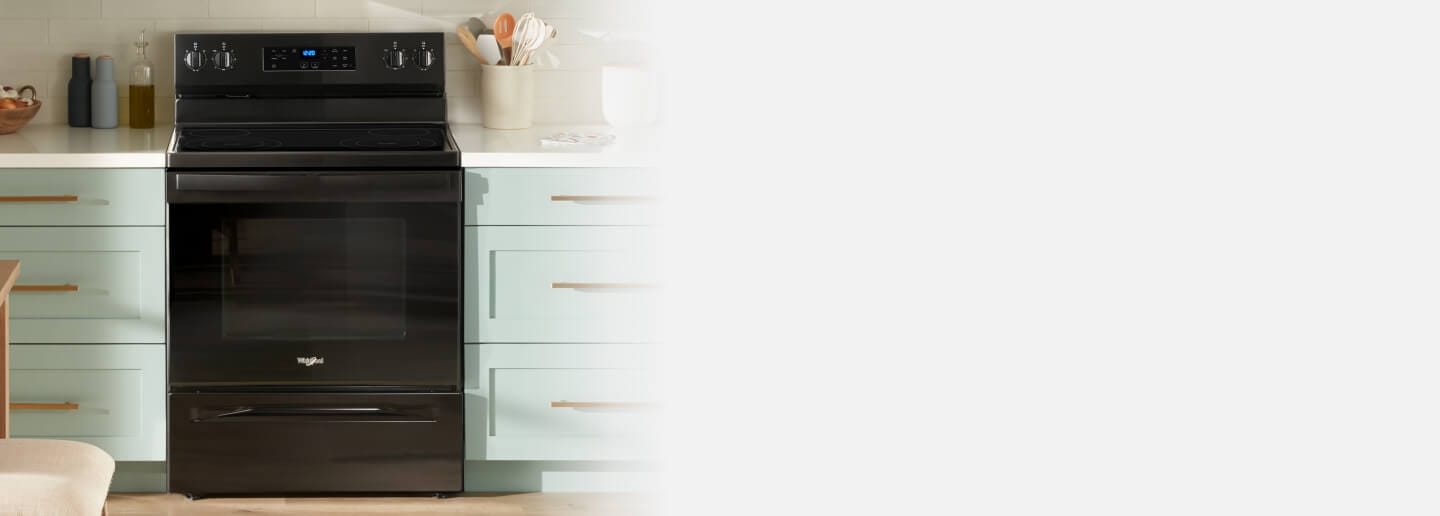
Whirlpool® Slide-In Ranges
Experience sleek integration
Whirlpool® Slide-In Ranges are designed to slide between cabinets or other appliances for a seamless, built-in look
Shop Whirlpool® Slide-in Ranges
What is a drop-in range?
A drop-in range is a cooking appliance that fits into customized cabinetry and is most commonly installed in kitchen islands. These ranges tend to sit above woodwork or cabinetry to give the appliance a built-in look.
It provides a streamlined and seamless look for your kitchen, with the control panel often found on the front of the range rather than on a backguard. Drop-in ranges tend to be more expensive than other types of ranges due to their customization and installation costs.
What are the key differences between freestanding, slide-in and drop-in ranges?
There are several factors that differentiate slide-in ovens from freestanding and drop-in options, including installation, control configuration and features. Read on below to better understand these key differences to help find the model that’s best for you.
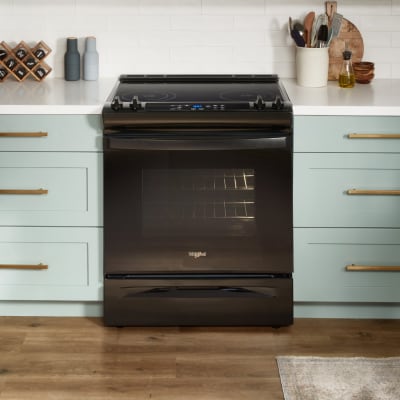
1. Installation
Freestanding ranges are highly flexible when it comes to installation. They can be installed nearly anywhere in your kitchen, and typically don’t require any customization or cabinetry. Slide-in and drop-in ovens are typically more expensive than freestanding options as they can have more costly installations that may require professional help and need to be installed within existing or custom cabinetry.
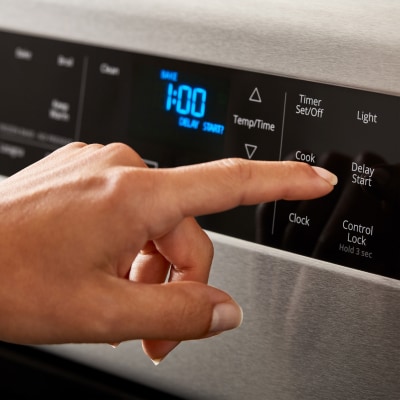
2. Configuration of controls
Freestanding ranges typically have oven controls, timers and settings on the backguard, while slide-in and drop-in ovens usually have controls on the front of the range. Because drop-in and slide-in ranges don’t have a backguard, they are ideal to install in kitchen islands or beneath a decorative backsplash.
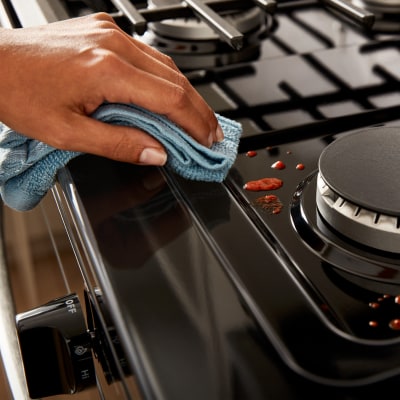
3. Features
Specific kitchen range features vary depending on the make and model of your range. However, a feature that many slide-in and freestanding ranges share that a drop-in often lacks is a storage or warming drawer. This can be convenient for storing pots and pans, or food items that you plan to cook. Drop-in range designs often omit this drawer to help the appliance fit more seamlessly within custom cabinets or kitchen islands.
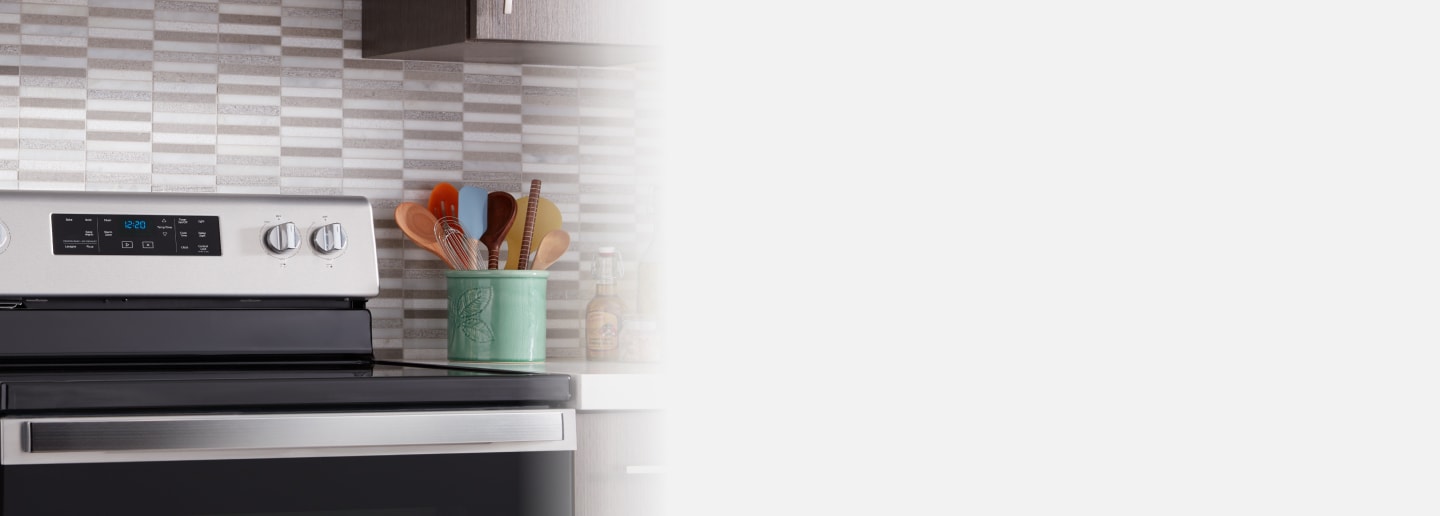
Whirlpool® Freestanding Ranges
A range for every home
Find the range you need with the design and features you love when you explore Freestanding Ranges from Whirlpool brand
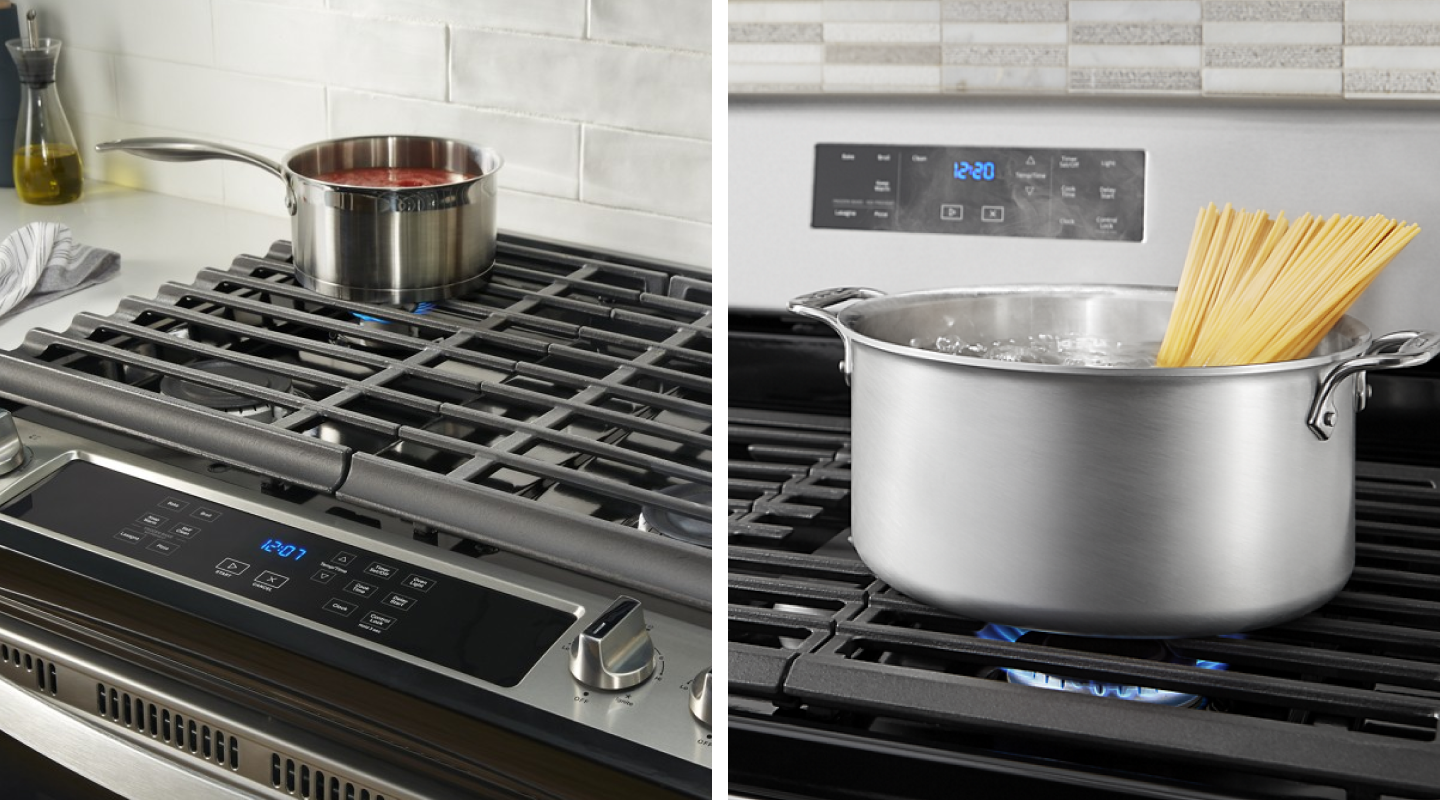
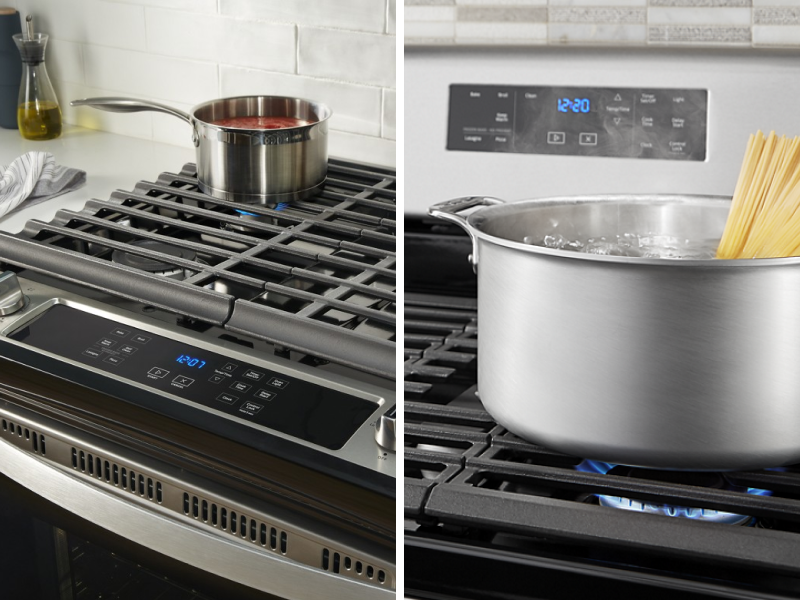
Can a slide-in range replace a freestanding range?
While both freestanding and slide-in ranges offer similar options and performance, the two designs are not completely interchangeable. Once again, it comes down to installation and the layout of your particular kitchen space.
Slide-in ranges are not installed directly against a wall, sitting a few inches away from it. Because of this, there is usually a few inches of countertop space that wraps around the back of the cooktop. If you swap out your slide-in range for a freestanding model, you may need to update your countertop configuration to accommodate it.
Likewise, you’ll need to prepare to fill in a two-inch gap (or larger) if you’re trading in a freestanding range for a slide-in model. You’ll also need to ensure the wall behind your range can withstand steam, water and stains.
Before purchasing a freestanding or slide-in range, be sure to speak with a qualified appliance retailer and/or a remodeling expert to make sure your new range will fit properly in your kitchen.
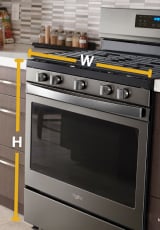
Find the right fit for your kitchen
Read Article
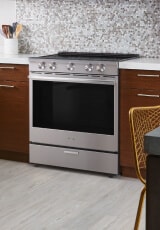
Freestanding vs. drop-in vs. slide-in range: which is best for my kitchen?
When trying to decide between a slide-in, drop-in or freestanding range, it’s important to consider kitchen layout, fuel source, aesthetics and your family’s needs.
Where will the new range go? Will it fit with your current kitchen layout? Will it need gas or electric hookups? Do you want your range to blend in or stand out? Will the new range be able to accommodate your family’s favorite dishes? Before you make your purchase, be sure that your new range is the right fit in every way.
While slide-in ranges are often more expensive due to the custom nature of their installation, the best type of range for your home will depend on the layout and look you’re trying to achieve for your kitchen.
Explore Whirlpool® Ranges
Need a range that helps you prepare the food your family loves? Learn more about the types of stoves or ranges or discover the appliance that’s perfect for your kitchen by exploring the collection of kitchen ranges by Whirlpool brand. You can also explore this range buying guide to learn how to choose the right stove for your needs.


Helping kids stay in school
Learn how Whirlpool helps end the dropout cycle by giving kids access to clean clothes through the Care Counts™ Laundry Program
Was this article helpful? Pass it on
Discover more from Whirlpool Brand


home heartbeat
Ready for more tips, home hacks and appliance guides?

